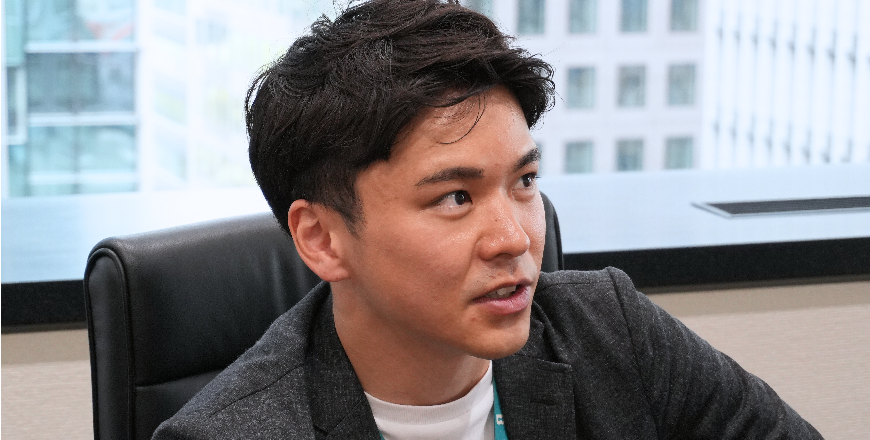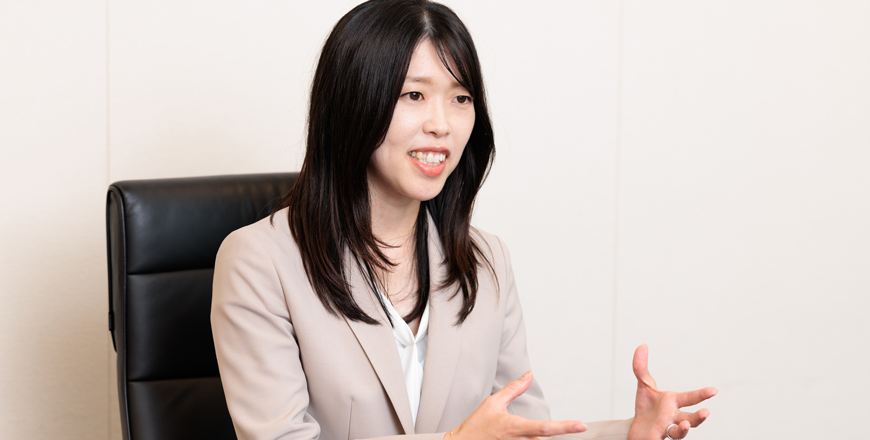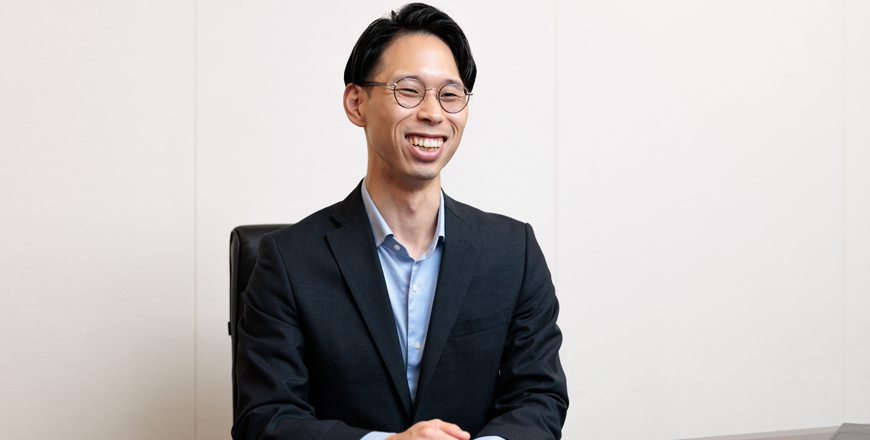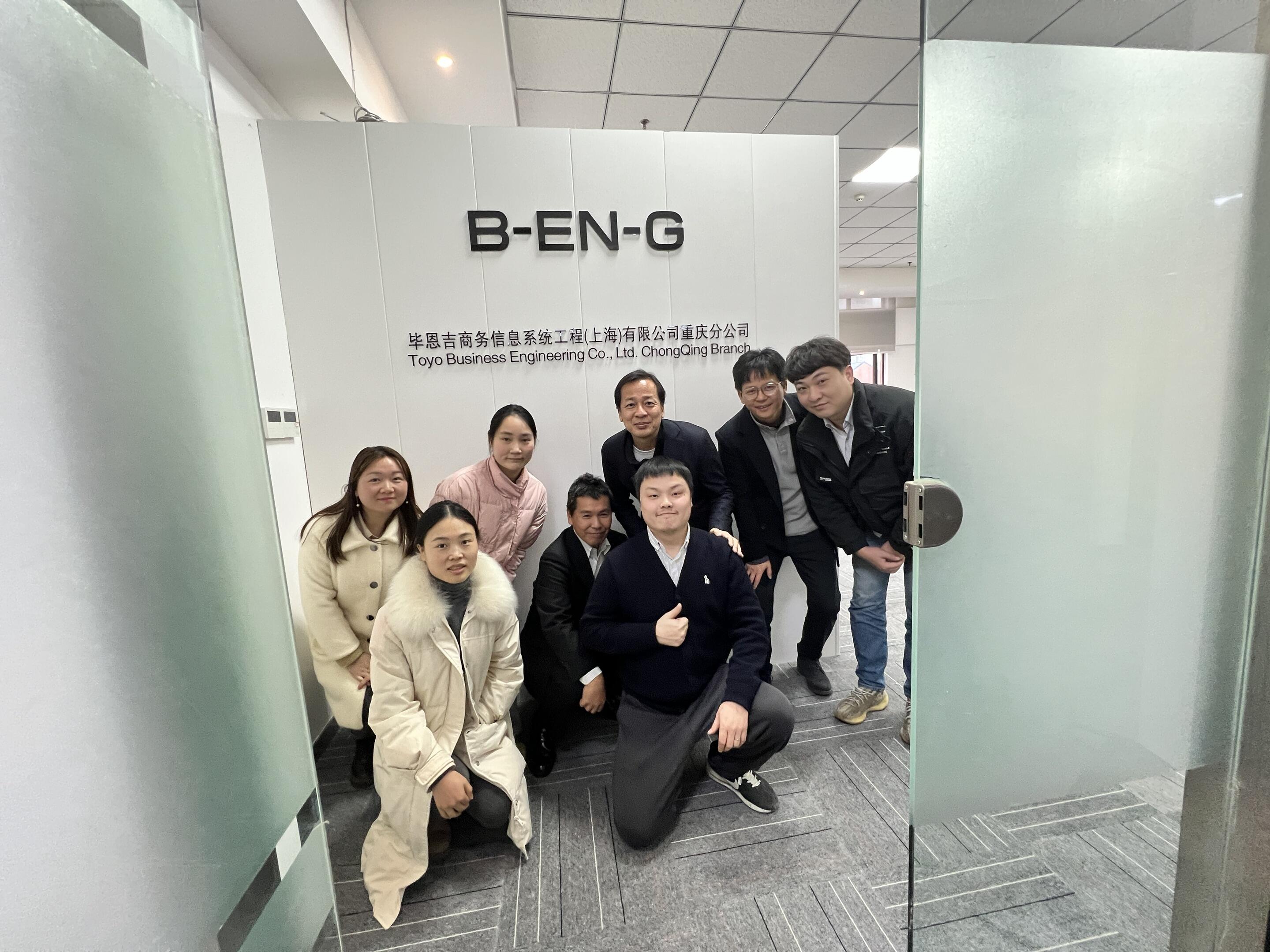Speaker: Business Engineering Corporation
Product Business Headquarters
Product Development Division 4
Shohei Nohara
As the importance of digital transformation in corporate management is emphasized, operational innovation in the fields of finance and accounting is also accelerating. As many companies are now shifting to data-driven management, there is a demand for efficient use of accounting data and advanced analysis.
GLASIAOUS, a cloud-based accounting and ERP system provided by Business Engineering Corporation (hereinafter referred to as B-EN-G), incorporates generative AI technology to work on streamlining and enhancing accounting operations. This time, we spoke with Nohara, the engineer who is leading the development, about the cutting edge of generative AI use and future prospects.
Implementing generative AI capabilities—the journey from prototype to production
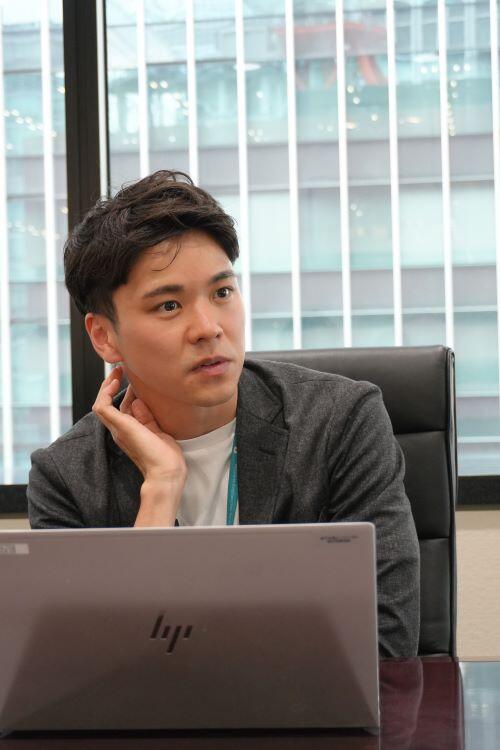
Nohara, who is involved in the development of GLASIAOUS at B-EN-G, began working with generative AI about two years ago. He was put in charge of exploring the potential of generative AI as part of a technology survey.
"I was skeptical at first," Nohara recalls. "Generative AI is sometimes talked about as an all-purpose technology, but I had doubts about whether it would actually be useful in the business world. But when I actually tried using it, I was amazed at its potential."
After the research stage, Nohara focused on applying it to manual search functions. The department to which Nohara belongs has a system called the "10% Project" that allows developers to work on research and development on any topic of their choice, and using this framework, he began developing a prototype of a manual search chatbot that uses generative AI.
"My experience creating the GLASIAOUS manual was extremely helpful during development. From that experience, I knew what questions users would ask and which documents they should refer to, so I was able to provide the AI with the appropriate background information."
This prototype was well received within the company, and was officially adopted as a product feature called "GLASIAOUS Copilot" in just a few months. Since then, the functionality has been continuously improved, and it is now being used by many users.
Nohara points out that the key to their success is "the combination of product knowledge and technical knowledge." "When implementing generative AI into a business system, simply calling an API is not enough. It is important to understand the business context and provide the AI with the appropriate information."
Development of functions that combine AI and OCR: Achieving multilingual support through generative AI
Following "GLASIAOUS Copilot," Nohara began work on developing a function that combines AI and OCR to read invoices. GLASIAOUS users had been requesting an OCR function for many years, but existing technology had issues such as cost and multilingual support.
"GLASIAOUS is used not only in Japan, but also overseas in countries such as Thailand and Vietnam. In the automatic processing of invoices, it is important not only to extract text from images, but also to label information such as dates, amounts, and details. Particularly difficult is dealing with the unique rules of each country. For example, Thailand uses its own Buddhist calendar, which is 543 years behind the Gregorian calendar. By utilizing the language processing capabilities of generative AI, we can now efficiently deal with such complexities."
Of course, a deep understanding of accounting work and GLASIAOUS was also key to developing this function. "Without knowledge of what information on an invoice is required for accounting processing, or how to link it with supplier master data, the system will simply read the characters," says Nohara.
Continuous data-driven improvements
GLASIAOUS' AI functions continue to be improved even after their release. Nohara particularly emphasizes the cycle of data-based verification and improvement.
"We use data to check the accuracy of answers generated by AI and how it is being used, and identify areas for improvement. The development of AI functions does not end with a release; continuous improvement is essential."
An early challenge they faced was how to deal with system-specific technical terminology. "While generative AI is strong with general information on the web, it has weaknesses with system-specific information, such as GLASIAOUS technical terminology and function names. To solve this problem, we introduced a method called 'hybrid search.' By combining generative AI with full-text search, we are now able to provide accurate answers to questions that include technical terminology." After the release of this improved function, the number of uses of the GLASIAOUS Copilot feature roughly doubled.
Nohara says that his own development approach has also changed dramatically thanks to generative AI. "Previously, I would get clues from searched information and then code, but now I can ask the generative AI questions and have it generate code that can be used almost as is. This has dramatically increased the speed of development, and we can now implement more complex functions in a short period of time. Our development approach has fundamentally changed, as we can proceed while checking with the generative AI, 'Is this correct?' It is also important to use AI in development and choose methods that are low cost and highly effective."
However, Nohara also emphasizes that "AI alone is not enough."
"Even if AI generates good code, it is up to humans to determine whether it actually fits into the system and whether there are any problems with performance or maintainability. The role of engineers may change, but their importance remains the same."
Accounting systems of the future: The challenge of "financial strategy support functions"

Currently, Nohara is working on the development of a "financial strategy support function." This goes beyond simply automating accounting processes, and provides information that contributes to management decisions.
"While current chatbots are good at answering questions, they still struggle to perform cross-sectional analysis of the entire ERP system or provide consulting-style advice. The financial strategy support function aims to use AI to automatically detect financial warning signs, such as a worsening cost rate or an extension of the payback period, and provide information to help users decide whether or not to continue with a project."
To achieve this, deep learning beyond simple question answering is necessary. "We are also considering developing an AI model that encompasses GLASIAOUS's product knowledge, database structure, and API specifications."
Furthermore, in the future, the company is considering using AI in more specialized areas, such as audit support and compliance with laws and regulations. "Even if the final decision is made by a human, we believe that AI can provide 'awareness' and greatly improve the quality and speed of decision-making."
Combining technology and business knowledge: the ideal engineer for the future
The GLASIAOUS AI function development case suggests that the fusion of technology and business knowledge will become increasingly important in system development in the age of generative AI. Nohara talks about the qualities that will be necessary for engineers in the future:
"It's a misconception that anyone can develop AI. Rather, we need people who have a deep understanding of the content of the product and can design what information needs to be passed to the AI to get the right results."
Nohara also points out that when it comes to using AI, "what to ask and how to ask" are important. "AI can't read between the lines like humans can, so you need to organize and give it the assumptions. Whether or not you can design it that way is what determines whether the AI is usable or not."
Conclusion: Business transformation brought about by the synergy of AI and humans: The optimal fusion of technology and expertise
GLASIAOUS is promoting digital transformation in accounting work by incorporating generative AI. What makes it unique is that the introduction of technology itself is not the goal, but rather the company's approach of prioritizing solving users' problems.
"AI is a tool, not an end in itself. It is important to address the fundamental issue of improving the efficiency and sophistication of accounting operations and select the most appropriate technology," Nohara emphasizes.
The evolution of generative AI technology is expected to continue accelerating. While actively riding the wave of cutting-edge technology, B-EN-G adheres to an approach that emphasizes "a balance that values human judgment and expertise." Combining technology and business knowledge to contribute to solving essential problems for customers - this is the value of DX that GLASIAOUS and B-EN-G provide.
